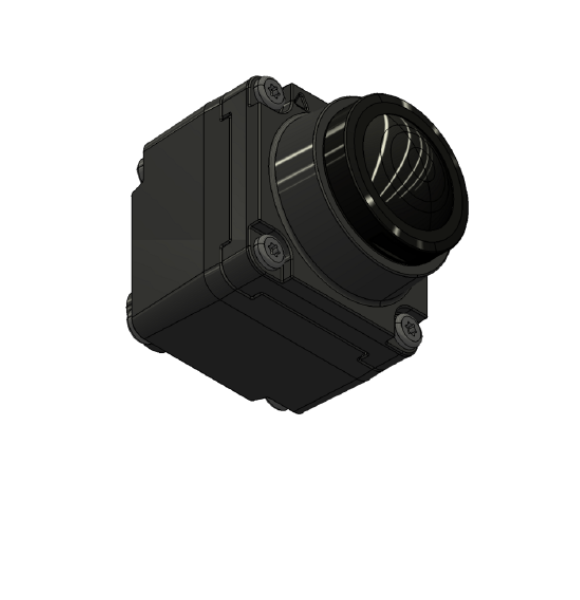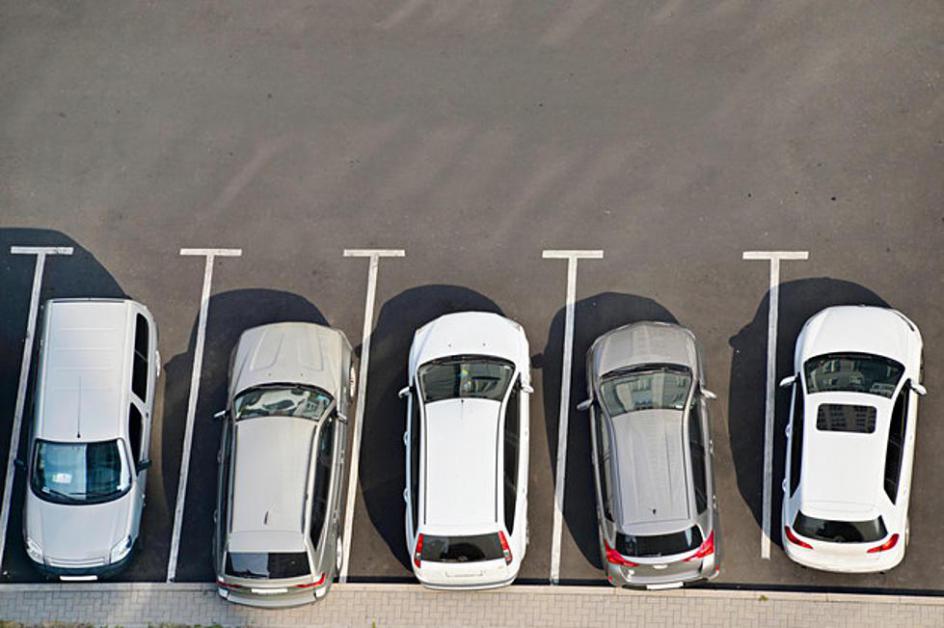Hoellisch Consulting GmbH


Your reliable partner
PROFESSIONAL SUMMARY
Senior Executive with an extensive success record in Application, Sales, Product Definition, Business Management and Product Marketing including management of IC design offices. Core competencies:
Full-scope set-up and development of international offices in Europe and Asia
Creation and implementation of marketing and sales strategies, as well as the build-up of stable relationships with key customers
Strategic relationship management with key Automotive players world wide, …
Management of global marketing, design, sales and application teams for automotive, consumer and industrial
Key Application focus: Driver Assistance Systems (Ultra Sonic Park Assist, Radar, Camera Systems, Infotainment, Air Condition, Motor Control, Body Electronic, Central Gate Way, Airbag, …)
Leadership of international teams and organizations of up to 300 people world-wide
Executive Management Level access to international OEM, Tier 1 and Tier 2 suppliers
Strategic Focus on Sensors (Radar, Ultrasonic, Camera and Lidar) and Sensor Fusion technology for Autonomous Drive Level 0 to Level 5
LeveBUSINESS AREAS and APLLLLPLICATIONS
ULTRASONIC SENSORS
Parking
Park Distance Control
Automatic Parking
Parking Lot Measurment
Valet Parking
Camera
Rear View Camera
Surround View Camera
Driver Monitoring
Forward Looking Camera
RADAR
Front Radar
Corner Radar
Parking Radar
Driver Monitoring
Rear Seat Occupancy Detection
Sensor Fusion
Sensor Fusion
Hardware
Software
Architecture



Looking for a RELIABLE PARTNER
GENERATING A NEW FUTURE TOGETHER?
Please contact us
Level 1: Driver Assistance:
This driver-assistance level means that most functions are still controlled by the driver, but a specific function (like steering or accelerating) can be done automatically by the car. Many new cars now come equipped with sensors and advanced electronics that give drivers audible warnings when they’re crossing lanes or following too closely
Level 2: Partly Automated Vehicle
Semi-autonomous driving assistance systems, such as the Steering and Lane Control Assistant including Traffic Jam Assistant, make daily driving much easier. They can brake automatically, accelerate and, unlike level 1, take over steering. at least one driver assistance system of both steering and acceleration/ deceleration using information about the driving environment is automated, like cruise control and lane-centering. It means that the "driver is disengaged from physically operating the vehicle by having his or her hands off the steering wheel AND foot off pedal at the same time. But drivers are always ready to take the control.
Level 3: Highly Automated Vehicle
In this step, we are still in the game. Anytime needed, we can intervene for driving. We still need to monitor the car and way of driving. This step give drivers more freedom to completely turn their attention away from the road under certain conditions. Drivers will be able to hand over complete control to the car system. With highly automated systems, the car will be able to drive autonomously over long distances in certain traffic situations, such as on motorways. The driver, however, must be able to take over control within a few seconds, such as at road construction sites.
Level 4: Fully Automated Vehicle
Human driver can still request control, and the car still has a cockpit. In step 4, the car can handle the majority of driving situations independently. The technology in step 4 is developed to the point that a car can handle highly complex urban driving situations, such as the sudden appearance of construction sites, without any driver intervention. The driver, however, must remain fit to drive and capable of taking over control if needed, yet the driver would be able to sleep temporarily. If the driver ignores a warning alarm, the car has the authority to move into safe conditions, for example by pulling over. While level 4 still requires the presence of a driver, cars won’t need drivers at all in the next, final level of autonomous driving.
Hence it does not cover every driving scenario
Level 5: Full Automation- No need for a driver
Unlike levels 3 and 4, the “Full Automation” of level 5 is where true autonomous driving becomes a reality: Drivers don’t need to be fit to drive and don’t even need to have a license. The car performs any and all driving tasks – there isn’t even a cockpit. Everyone in the car is a passenger. Cars at this level will clearly need to meet stringent safety demands, and will only drive at relatively low speeds within populated areas. They are also able to drive on highways but initially, they will only be used in defined areas of city centres.
This refers to a fully-autonomous system that expects the vehicle's performance to equal that of a human driver, in every driving scenario—including extreme environments like dirt roads that are unlikely to be navigated by driverless vehicles in the near future.
EXECUTIVE AUTOMOTIVE CONSULTING



